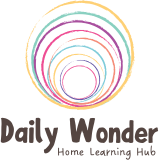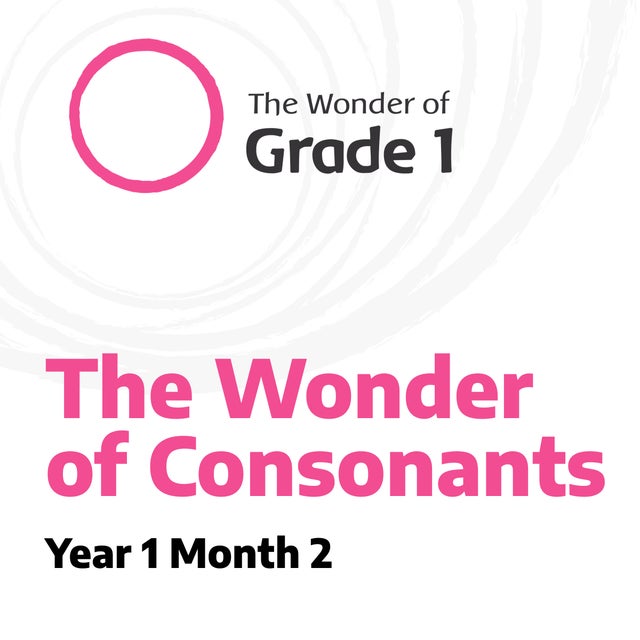- Unit Studies
- >
- Grade 1
- >
- Grade 1, Month 2, The Wonder of Consonants
Grade 1, Month 2, The Wonder of Consonants
SKU:
g1m2
CA$44.00
CA$44.00
Unavailable
per item
Through observation and story, you will guide your child to discover the shapes (graphemes) and sounds (phonemes) of 10 consonants. Letters will appear for them as they did for humans long ago, from the environment. Multicultural stories will form the basis from which lessons will emerge.
This purchase is for a digital download (PDF) of 1 month of curriculum and includes access to our members-only area with supporting documents, videos, resources, and community.
Curriculum Areas/Learning Outcomes
Language Arts: Concept 1. Language and story can be a source of creativity and joy.
Connection: You will bring fun and reverent verses and tell Fairy Tales to your child throughout this unit.
Concept 2. Stories and other texts help us learn about ourselves and our families.
Connection: Your verses and stories will reflect your child’s frame of reference and your child will recognize when they tell each day’s story in their Learning Portfolio with their pictures and text.
Concept 3. Stories and texts can be shared through pictures and words.
Connection: Your child will recognize that they are finding letters within stories and then retelling those stories with pictures and symbols.
Concept 4. Through listening and speaking, we connect with others and share our world.
Connection: Your verses and stories will reflect diversity.
Social Studies: Concept 1. Our rights, roles, and responsibilities are important for building strong communities.
Connection: You’ll take the first week to set up your new rhythms, new verses, new movement, and all the ways of working. Be sure to give your child some responsibilities to connect them to their role within the community of learners in your home.
Concept 2. Healthy communities recognize and respect the diversity of individuals and care for the environment.
Connection: Your stories will come from a variety of cultures and landscapes; take a minute to bring your child’s awareness to this aspect of diversity. Choose stories with your child’s frame of reference. What frame of reference is represented in the stories you have chosen/will choose? Ask yourself: Who wrote this story? Who benefits from it? Who is missing? The answers should be: Someone with the same culture as my child. My child’s community. Not my child’s culture or identity.
Connection: You will bring fun and reverent verses and tell Fairy Tales to your child throughout this unit.
Concept 2. Stories and other texts help us learn about ourselves and our families.
Connection: Your verses and stories will reflect your child’s frame of reference and your child will recognize when they tell each day’s story in their Learning Portfolio with their pictures and text.
Concept 3. Stories and texts can be shared through pictures and words.
Connection: Your child will recognize that they are finding letters within stories and then retelling those stories with pictures and symbols.
Concept 4. Through listening and speaking, we connect with others and share our world.
Connection: Your verses and stories will reflect diversity.
Social Studies: Concept 1. Our rights, roles, and responsibilities are important for building strong communities.
Connection: You’ll take the first week to set up your new rhythms, new verses, new movement, and all the ways of working. Be sure to give your child some responsibilities to connect them to their role within the community of learners in your home.
Concept 2. Healthy communities recognize and respect the diversity of individuals and care for the environment.
Connection: Your stories will come from a variety of cultures and landscapes; take a minute to bring your child’s awareness to this aspect of diversity. Choose stories with your child’s frame of reference. What frame of reference is represented in the stories you have chosen/will choose? Ask yourself: Who wrote this story? Who benefits from it? Who is missing? The answers should be: Someone with the same culture as my child. My child’s community. Not my child’s culture or identity.
Curriculum Overview
Using the living images presented through stories, well-chosen verses and poems, and fun hands-on creative activities, you will present 10 consonants to your child in this unit. Daily Wonder will use The Roadmap to Literacy (TRL) to guide the scaffolding for literacy and will place it into the context of the home learning environment. You’ll be cultivating your child’s ability to listen to stories, recite, and live in a world of oral expression. By listening, your child will be gaining a rich vocabulary. Those who learn to speak expressively gain the ability to share their feelings with conviction. Literacy is the foundation for expression including letter recognition, sound recognition, phonics rules, syllable rules, spelling rules, and grammar. Your child will journey through this path over the next few years.
Parent Preparation
Create some letters for playing games. They can be made of wood, cardboard, clay, etc. You can also find them to purchase at dollar stores or craft stores. Make them in different sizes and be sure to have an upper and lower of each letter.
You’ll also create ‘anchor’ images/words above the letters that you bring over two days each. You can prepare these ahead of time, or the day they are added to your letter display. The anchor image will be a simplified version of the image your child places in their portfolio.
You’ll also create ‘anchor’ images/words above the letters that you bring over two days each. You can prepare these ahead of time, or the day they are added to your letter display. The anchor image will be a simplified version of the image your child places in their portfolio.

